What America can learn from China’s infrastructure
As one of the greatest nations on the planet, the United States excels in a number of areas, innovation and entrepreneurship foremost among them. But something you might be hard-pressed to find at the top of anyone’s best-of list is infrastructure—specifically roads, rail and mass transit.
In this department at least, the U.S. has some catching up to do with other parts of the globe. The World Economic Forum’s Global Competitiveness Report 2014-2015 ranks the U.S. 16th in “quality of overall infrastructure”—15th in quality of its rail system and 16th in quality of its roads.
Heavy news indeed for the country known for building the first-of-its-kind transcontinental railway and interstate highway system.
But if you’ve been keeping up with current events, this shouldn’t come as a shock. The recent and very tragic Amtrak derailment in Philadelphia is a somber reminder that America needs stronger infrastructure policies at every level of government. This will not only help save lives but also create jobs, boost the economy and make transportation more safe and efficient.
Civil engineers have been making this case for years. Following its most recent assessment of all forms of infrastructure, from energy to schools to drinking water, the American Society of Civil Engineers (ASCE) gave the U.S. a depressingly low overall grade of D+. Levees and inland waterways were the worst offenders, both slapped with a D-. According to the group, which releases its report every four years, a staggering $3.6 trillion will be necessary by 2020 to bring the nation’s infrastructure up to ideal conditions. Short of this investment, the ASCE says, $1 trillion in U.S. business sales could be lost every year, along with millions of jobs.
The mayors of some of the largest U.S. cities emphatically acknowledge the relationship between quality infrastructure and strong economic growth. In a recent poll taken of several mayors, Politico magazine found that infrastructure sits atop their list of concerns. Thirty-five percent cited “better infrastructure” as the one thing that could help their city’s economy grow the most; 31 percent said that “deteriorating infrastructure” was the city’s greatest challenge.
click to enlarge
But public spending on infrastructure, at every level, has declined pretty rapidly as a percentage of GDP since the recession, falling well below its lowest point in the last 20 years.
click to enlarge
And now, some emerging regions, most notably China, are chugging ahead with large-scale construction projects, both domestic and international, that promise to kick-start business, strengthen trade routes and safely connect people from all corners or their borders.
One Road, One Belt… Big Opportunity
Whereas the U.S. spends less than 2 percent of its GDP on infrastructure, China currently spends around 9 percent on both domestic and foreign projects. Back in December, I pointed out that China has the most extensive network of high-speed rail in the world—approximately 7,000 miles’ worth, all told—with thousands more miles of track under construction. This will require untold amounts of natural resources.
And with China’s grand “One Road, One Belt” initiative underway, even more resources will be needed. The strategy, which harkens back to the famed Silk Road, is intended to open up new trade routes to Southeast Asia, the Middle East and Eastern Europe.
The flagship project of One Road, One Belt is the China Pakistan Economic Corridor, an elaborate series of roads, rail and pipeline that will cut lengthwise through Pakistan, giving China convenient access to ports on the Arabian Sea. Along the way, several energy projects are slated to be built.
click to enlarge
If everything goes according to plan, the entire 2,000-mile corridor, expected to take 15 years to complete, should come in at around $46 billion, making it one of the most expensive infrastructure projects in human history.
It’s certainly the most China will have ever spent in another country. If you recall, it’s now investing more money outside its borders than it is domestically, having exceeded $100 billion for the first time in 2014. The country is investing so heavily in Africa, in fact, that some economists have nicknamed it “China’s Second Continent.”
One of the ways our China Region Fund (USCOX) is participating in the massive One Road, One Belt endeavor is through China Railway Construction, a top-10 holding.
Here’s hoping China sees huge returns on their investment.
Tell us what you think!
Create your own user feedback survey
I’ll share the results in an upcoming Frank Talk!
Please consider carefully a fund’s investment objectives, risks, charges and expenses. For this and other important information, obtain a fund prospectus by visiting www.usfunds.com or by calling 1-800-US-FUNDS (1-800-873-8637). Read it carefully before investing. Distributed by U.S. Global Brokerage, Inc.
Foreign and emerging market investing involves special risks such as currency fluctuation and less public disclosure, as well as economic and political risk. By investing in a specific geographic region, a regional fund’s returns and share price may be more volatile than those of a less concentrated portfolio.
The Global Competitiveness Index, developed for the World Economic Forum, is used to assess competitiveness of nations. The Index is made up of over 113 variables, organized into 12 pillars, with each pillar representing an area considered as an important determinant of competitiveness: institutions, infrastructure, macroeconomic stability, health and primary education, higher education and training, goods market efficiency, labor market efficiency, financial market sophistication, technological readiness, market size, business sophistication and innovation.
Fund portfolios are actively managed, and holdings may change daily. Holdings are reported as of the most recent quarter-end. Holdings in the China Region Fund as a percentage of net assets as of 3/31/2015: China Railway Construction Corp. 2.22%.
All opinions expressed and data provided are subject to change without notice. Some of these opinions may not be appropriate to every investor. By clicking the link(s) above, you will be directed to a third-party website(s). U.S. Global Investors does not endorse all information supplied by this/these website(s) and is not responsible for its/their content.
{{ commodity.name }}
{{ post.title }}
{{ post.date }}

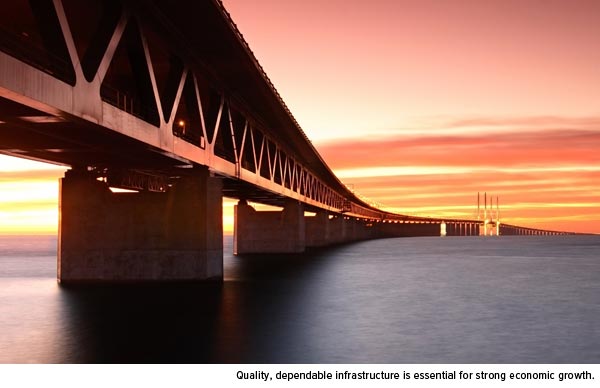
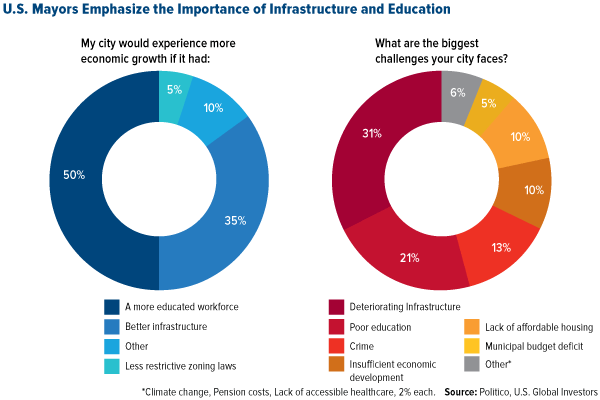
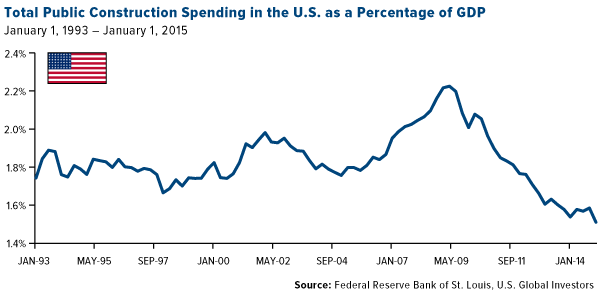
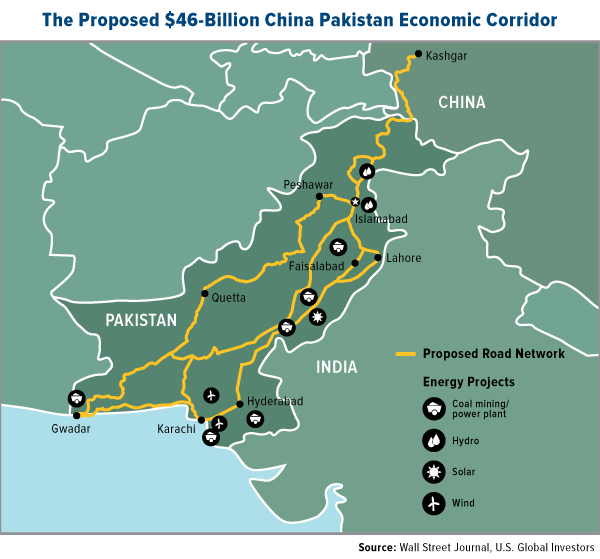
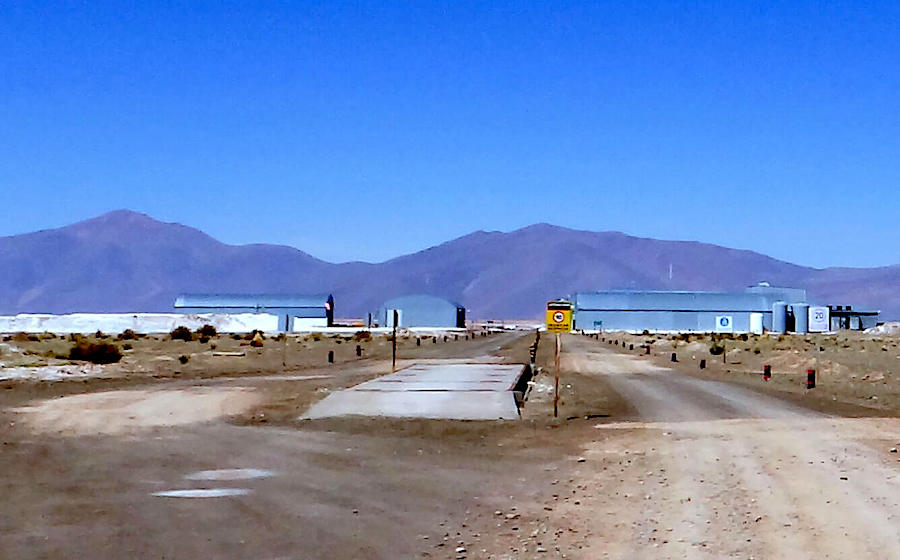
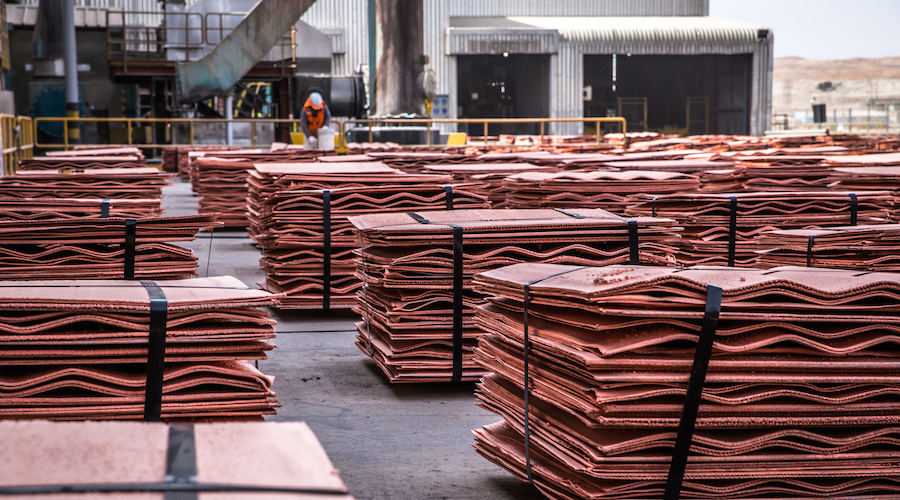
Comments